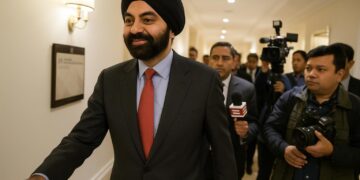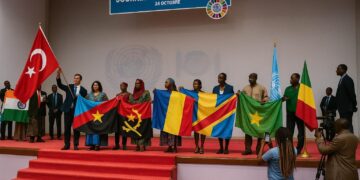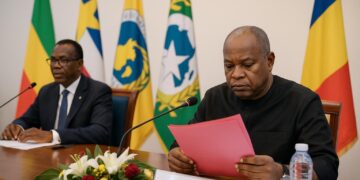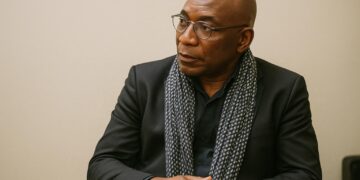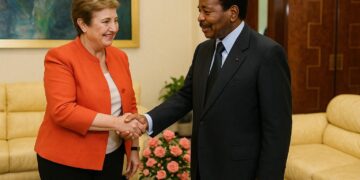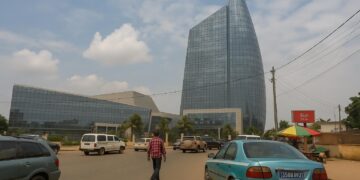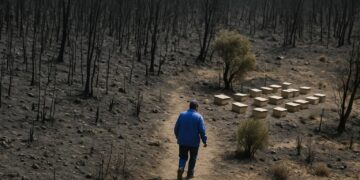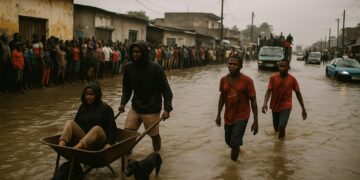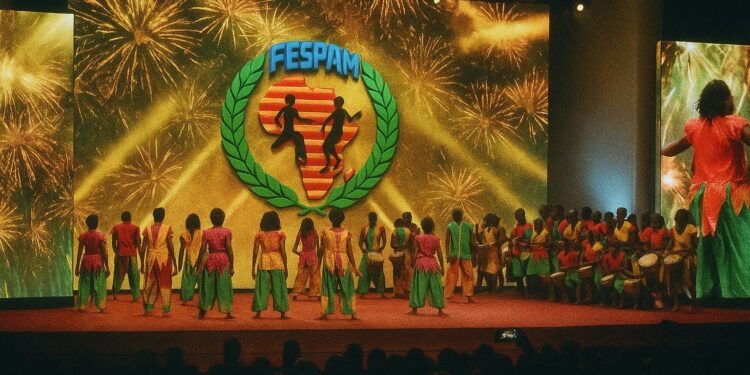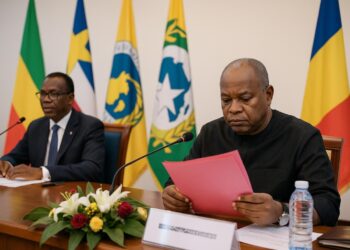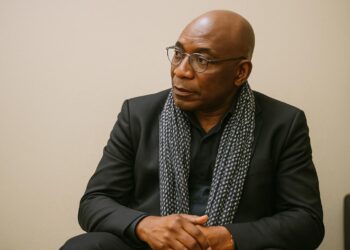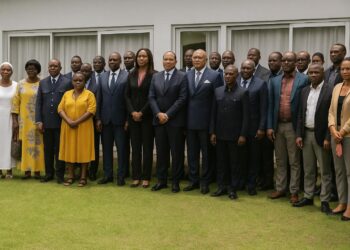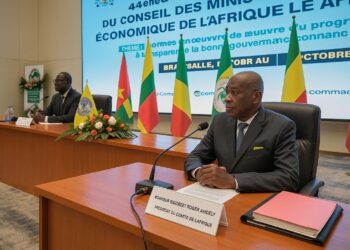A ceremonial overture to continental harmony
The gilded lights of Brazzaville’s historic Palais des Congrès framed an evening that blended protocol with palpable enthusiasm. President Denis Sassou Nguesso’s formal proclamation of the festival’s opening, preceded by salutations from Mayor Dieudonné Bantsimba and senior UNESCO officials, established a ceremonial gravitas consonant with the event’s diplomatic pedigree. What might elsewhere have resembled a routine cultural gala here served as an exercise in multilateral symbolism, intertwining national pride with the African Union’s long-standing aspiration for cultural integration.
Economic headwinds and the calculus of restraint
The 2025 edition unfolds against a macroeconomic backdrop marked by lower hydrocarbon receipts and global inflationary aftershocks. Government planners elected to compress ancillary activities in order to shield core artistic programming from austerity’s sharper edges, a choice publicly acknowledged by Minister of Cultural Industries Marie-France Lydie Hélène Pongault during her address. International observers familiar with sub-Saharan fiscal cycles note that Congo’s decision to preserve the festival, rather than postpone it, signals a conviction that soft-power dividends can offset short-term budgetary sacrifices (African Development Bank, 2024).
UNESCO’s imprimatur and the language of legitimacy
UNESCO Director-General Audrey Azoulay, in her recorded message, situated FESPAM within the framework of the 2005 Convention on the Protection and Promotion of the Diversity of Cultural Expressions, underscoring Congo’s compliance with global cultural governance norms (UNESCO, 2023). Resident representative Fatoumata Barry Marega amplified that endorsement on site, casting the festival as a laboratory for SDG 17 partnerships. Such multilateral validation not only lends institutional gravitas but also reassures potential investors that the event operates under internationally recognised standards of transparency and inclusivity.
Artistic cartography: from Kongo rumbas to Sahelian strings
The inaugural concert mapped a continent in microcosm. Congolese rumba ensembles traded syncopated riffs with Sahelian ngoni virtuosos; storytellers from the Great Lakes region invoked pre-colonial trade routes, while Cape Verdean morna vocalists cast an Atlantic timbre over proceedings. The repertoire’s breadth, curated by Commissioner-General Hugues Gervais Ondaye, illustrated music’s capacity to transcend linguistic and ideological cleavages. According to musicologist Henri Ossebi, the cross-pollination of styles on display constitutes an audible manifesto for pan-Africanism, aligning with Congo’s foreign-policy emphasis on pragmatic regionalism (Centre for African Cultural Studies, 2025).
Soft power calculus and diplomatic messaging
For Brazzaville, FESPAM functions as more than a cultural spectacle; it is an instrument for reputational management and diplomatic signalling. The presence of delegations from the Economic Community of Central African States, alongside observers from the European Union’s External Action Service, permitted hallway conversations on security, trade and climate resilience that might have proved less convivial in formal negotiating venues. A senior Central African diplomat, requesting anonymity, characterised the festival’s margins as “the continent’s most melodic back-channel,” hinting at the strategic value embedded in artistic convening.
Balancing narrative sovereignty with international scrutiny
Global cultural forums often invite parallel discussions on governance and human rights, yet Congolese officials displayed a studied openness, granting foreign correspondents wide access to rehearsals and press briefings. That transparency, argued political scientist Laure Kiala in a televised panel, reflects Brazzaville’s intent to curate its own narrative rather than have it drafted elsewhere. By foregrounding music—an arena where the Republic enjoys undisputed historical credentials—the government positions itself as a steward of intangible heritage while subtly countering reductive external portrayals focused solely on extractive industries.
Prospects for institutional continuity
Looking ahead, the Ministry of Cultural Industries has tabled a feasibility study on establishing a permanent FESPAM Academy, envisaged as a conservatory and think tank devoted to Afro-diasporic musicology. Preliminary discussions with the African Export-Import Bank suggest blended-finance options could underwrite the project without imposing undue strain on sovereign accounts (Afreximbank, 2025). Should the academy materialise, it would institutionalise the festival’s intellectual footprint, ensuring year-round returns on the state’s cultural investment and providing a locus for policy research on creative-economy governance.
Coda: resonance beyond the final chord
When the last drumbeat faded beneath the conference-hall dome, what lingered was less an echo than a strategic overtone: Congo-Brazzaville, though confronting fiscal constraints, retains the agility to marshal culture as a vector of national branding and continental fraternity. The twelfth FESPAM thus stands as a case study in how mid-sized states may wield artistic capital to sustain diplomatic relevance, nurture social cohesion and negotiate their place in an increasingly polyphonic international order.

